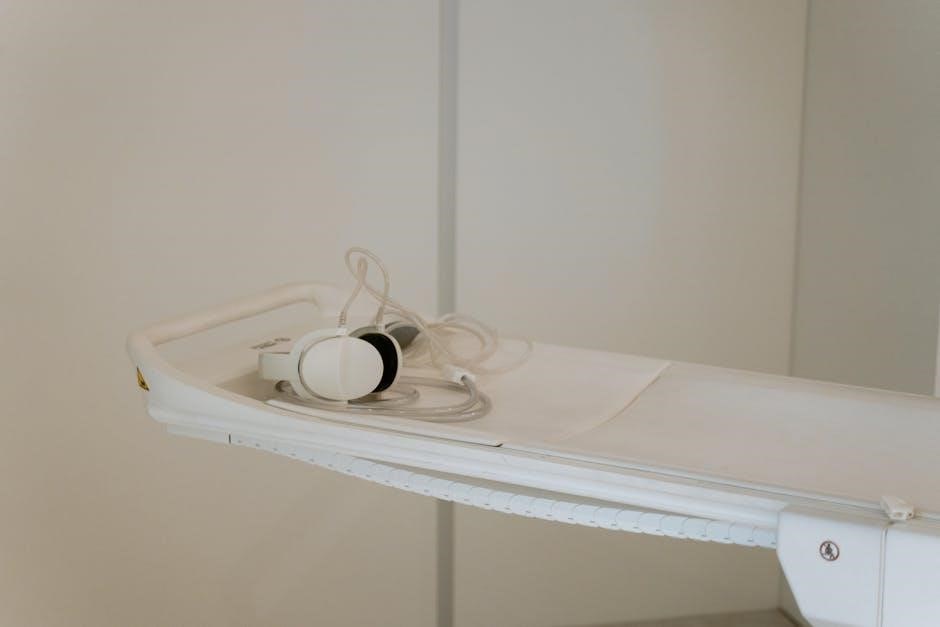cbt numeracy practice test pdf

cbt numeracy practice test pdf
Welcome to the CBT Numeracy Practice Test guide, designed to help aspiring healthcare professionals assess and enhance their numerical skills effectively.
This practice test mirrors the actual exam format, covering essential numeracy topics and providing realistic question scenarios to ensure thorough preparation and confidence building.

Structure of the CBT Numeracy Exam
The CBT Numeracy Exam consists of two parts: Part A focuses on numerical calculations, while Part B covers theoretical questions related to healthcare numeracy and practical scenarios.
Part A: Numerical Calculations
Part A of the CBT Numeracy Exam focuses on numerical calculations, testing candidates’ ability to solve mathematical problems relevant to healthcare scenarios. Questions cover dosage calculations, time-based problems, and basic arithmetic operations. Candidates are required to demonstrate accuracy in performing calculations, often related to medication administration, such as determining the correct dosage or infusion rates. The section emphasizes practical application of numeracy skills, ensuring healthcare professionals can handle real-world tasks confidently. The questions are designed to assess attention to detail and the ability to work under timed conditions. Practice tests reveal that Part A often includes 15 questions, with a high pass mark required. Mastering this section is crucial for overall exam success.
Part B: Theoretical Questions
Part B of the CBT Numeracy Exam consists of theoretical questions that assess a candidate’s understanding of healthcare-related concepts and legal frameworks. Topics include UK healthcare laws, such as the Health and Safety at Work Act and the Mental Capacity Act. Questions also cover professional conduct, patient confidentiality, and ethical practices in healthcare. This section requires candidates to demonstrate their knowledge of policies and procedures that guide healthcare professionals in the UK. Theoretical questions are designed to ensure candidates understand the principles underlying safe and effective patient care. Practice tests for Part B often include multiple-choice questions, helping candidates familiarize themselves with the exam format and question style. Mastery of this section is essential for meeting the NMC’s competency standards.

Benefits of Using Practice Tests
Practice tests help identify weak areas, improve exam readiness, and familiarize candidates with the format, ensuring better performance in the actual CBT Numeracy Exam.
Identifying Weak Areas
Practice tests are invaluable for pinpointing areas where improvement is needed. By attempting questions, candidates can identify gaps in their numeracy skills, such as medication calculations or data interpretation.
Regularly reviewing test results helps focus study efforts on weaker topics, ensuring a more efficient and targeted approach to preparation for the CBT Numeracy Exam.
Familiarization with Exam Format
Familiarization with Exam Format
Using CBT Numeracy Practice Tests helps candidates become accustomed to the exam format, including question types and time limits, reducing anxiety during the actual test.
By practicing with sample questions, individuals can better understand the structure of both Part A and Part B, ensuring they are prepared for the specific challenges of each section.
This familiarity boosts confidence and allows candidates to focus on demonstrating their numerical skills effectively during the exam.

How to Access CBT Numeracy Practice Tests
Access CBT Numeracy Practice Tests via the Pearson Vue website, offering a straightforward process to download or complete online, ensuring convenient preparation for the exam.
Accessing via Pearson Vue Website
To access the CBT Numeracy Practice Tests, visit the Pearson Vue website and create an account if you haven’t already. Navigate to the section dedicated to NMC exams and select the appropriate practice test option. Follow the on-screen instructions to download or begin the test. The website offers a user-friendly interface, ensuring easy navigation. Once logged in, you can access a variety of practice materials designed to mimic the actual exam format. This includes sample questions and timing to help you gauge your readiness. The Pearson Vue platform also provides immediate feedback, allowing you to track your progress and identify areas for improvement. Utilizing these resources will help you prepare effectively for the CBT Numeracy Test, ensuring a smooth and confident exam experience.

Tips for Preparing for the CBT Numeracy Test
Regular practice with sample questions helps improve speed and accuracy. Focus on understanding question formats and review mistakes to enhance problem-solving skills and build confidence.
Strategies to Improve Numeracy Skills
Mastering numeracy skills requires consistent practice and a structured approach. Begin by reviewing foundational concepts, such as fractions, ratios, and decimals, to build a solid base. Utilize online resources and practice tests to familiarize yourself with question formats and identify weak areas. Focus on real-world applications, like calculating medication dosages, to enhance problem-solving abilities. Regularly timed drills can improve speed and accuracy under exam conditions. Additionally, seeking feedback from instructors or peers can provide personalized insights for improvement. By combining these strategies, candidates can systematically enhance their numeracy skills and achieve success in the CBT Numeracy Test.
Focused Study Areas
When preparing for the CBT Numeracy Test, concentrate on key areas to maximize efficiency. Prioritize numerical calculations, including fractions, percentages, and ratios, as these are heavily tested. Practice interpreting data from tables and graphs to improve your ability to extract and apply information. Additionally, focus on real-world healthcare scenarios, such as calculating medication dosages, to apply numerical skills contextually. Regularly review mathematical formulas and conversion factors to ensure accuracy. By targeting these specific domains, candidates can build a strong foundation and approach the exam with confidence. Tailoring your study plan to these focused areas will help optimize your preparation and enhance overall performance.

Importance of Numeracy Skills in Healthcare
Numeracy skills are fundamental for healthcare professionals to deliver safe and effective patient care. Accurate numerical calculations are critical in medication administration, fluid balance management, and interpreting medical data. Errors in these areas can lead to serious consequences, making numeracy proficiency essential for patient safety. Healthcare workers must interpret numerical data, such as blood pressure readings, laboratory results, and treatment plans, to make informed decisions. Strong numeracy skills also enhance communication with patients and colleagues, ensuring clarity in explaining diagnoses, treatments, and care plans. In essence, numeracy is a cornerstone of healthcare practice, directly impacting the quality of care provided.

NMC CBT Exam Overview
The NMC CBT (Computer-Based Test) exam is a critical assessment for nursing professionals seeking registration in the UK. It evaluates both numerical proficiency and theoretical knowledge of healthcare practices. The exam is divided into two parts: Part A focuses on numerical calculations, requiring candidates to solve problems related to medication administration and patient care. Part B covers theoretical questions on UK healthcare laws, policies, and ethical practices. Candidates must achieve a high score to pass, demonstrating their readiness for safe and effective practice. Practice tests are available online, allowing candidates to familiarize themselves with the exam format and improve their skills. Success in the CBT is a key milestone for nurses aiming to excel in their careers.

Sample CBT Numeracy Questions and Answers
Sample questions and answers provide valuable insights into the CBT numeracy test format and content. For example, a question might ask: “A patient requires 2.5 mg of medication per kilogram of body weight. If the patient weighs 80 kg, how many milligrams of the drug should be administered?” The correct answer is 200 mg. Another question could involve calculating intravenous fluid rates, such as determining how many milliliters per hour to administer 1.5 liters over 8 hours (187.5 mL/hour). These examples highlight the practical application of numerical skills in healthcare settings. Practicing with such questions helps build confidence and ensures readiness for the actual exam. Regular review of sample questions is highly recommended for optimal preparation.

Understanding the Exam Format
The CBT Numeracy Test is divided into two parts, each assessing different numerical skills. Part A focuses on numerical calculations, requiring candidates to solve mathematical problems within a set time frame. Part B includes theoretical questions that apply numerical concepts to real-world healthcare scenarios. The exam is time-limited, and candidates must answer a specific number of questions to pass. The format includes multiple-choice questions, dosage calculations, and practical application problems. Understanding the exam structure helps candidates allocate time effectively and approach each question with confidence. Familiarizing oneself with the format through practice tests is essential for success.
Practicing with sample questions and reviewing answers improves comprehension of the exam style and content, ensuring better preparation for the actual test.